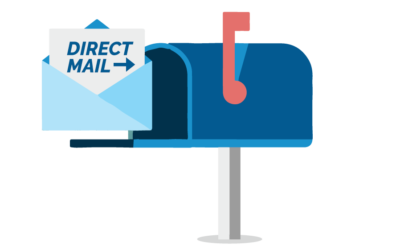My first real involvement in the world of print began in 1975. Back then I loved to ski and the ski club advisor at the school, Tim Murphy, also happened to be the Graphic Communications teacher. He had an opening in his Level 1 class. I loved design and had no burning desire to take trigonometry, so I said “Sure.” Here I am 38 years later.
I’ve heard people talk about the degree of change folks born at the beginning of the 20th century have experienced during their lifetime. The same can certainly be said of print. We have gone from hot lead to phototypesetting to Macintoshes with Quark to Adobe creative suite in about 40 years.
Whole trades have been eliminated. Typesetters, camera operators, services bureaus, dot etchers, and image assembly departments have gone the way of the dinosaur. People used to raise their eyebrows when I told them I was a “stripper.” I knew what they were thinking: “Brother, you must be starving.” (For you 20-somethings, strippers used to position film negatives on “flats” so we could “burn plates.”)
The evolution hasn’t been entirely a process of subtraction. Companies like ours now have data and IT people, web developers, project managers, marketers, and fulfillment experts to go with digital presses and software applications galore. Success in print now is realized by understanding the convergence of marketing, data and print.
It’s an exciting time to be involved with print and direct marketing. Print is way cooler now and can do a lot more. Why? Personalization.
Personalization is being done on a very high level by some companies who have figured out how to gather and mine data. And companies like ours, with a bunch of really smart programmers and developers, have figured out how to engineer highly variable documents that work hand in hand with digital press technology.
Personalization is powerful because relevance works. I was talking to my friend Frank Martin a few weeks back. Frank is the director of NRM at Pets Supplies Plus, and he measures everything. I asked Frank, “What’s working?” He replied, “The relevant stuff.”
Let’s be plain: simple name personalization doesn’t work. However, when you put the right offer or message in front of the right person at PrintComm the right time, the success factor goes way up.
There are multiple ways personalization can be cheap nfl jerseys accomplished. Certainly four-color variable is the highest level. However, wholesale nba jerseys sometimes on wholesale mlb jerseys big projects, the budget won’t support it. An alternative we see being used effectively is printing multiple four-color static versions that appeal to segments of customers and augmenting that with black imprinting. It’s a cost-effective compromise that can still yield strong results.
I never could have predicted the way this industry would evolve when I embarked on my cheap jerseys career 38 years ago, and while running a printing business (any business, really) cheap jerseys can be challenging, advancements in technology partnered with strategic innovations keep it young, fresh and interesting. I guess that’s why I’m still along for the ride.
Do you have a take on Demo personalization? How have you witnessed our industry Wholesale Miami Dolphins Jerseys evolve and where do you think it’s going? We would love to Announces hear from you.


